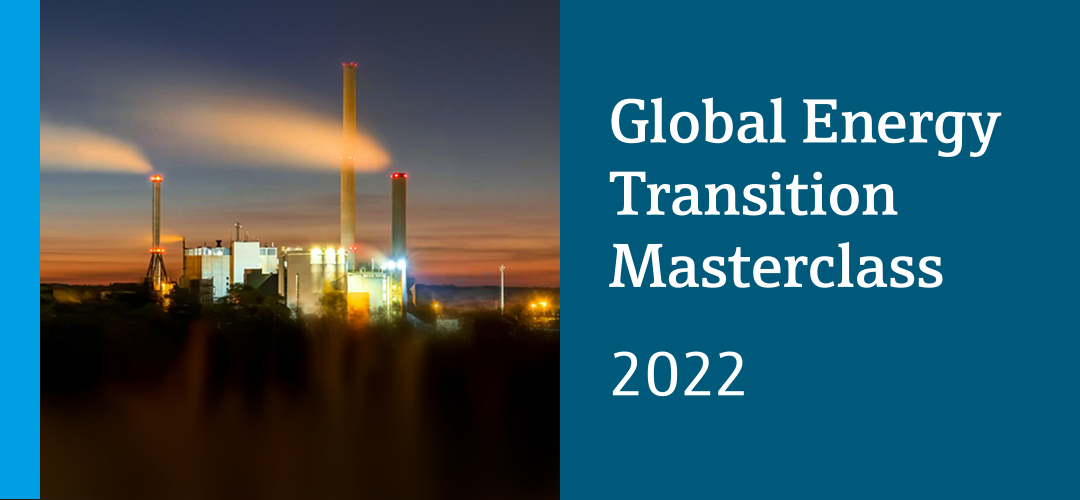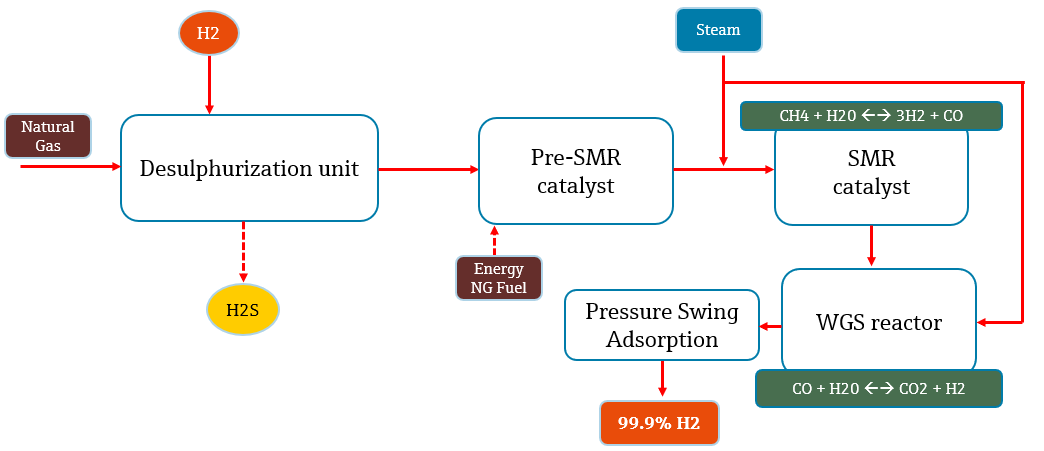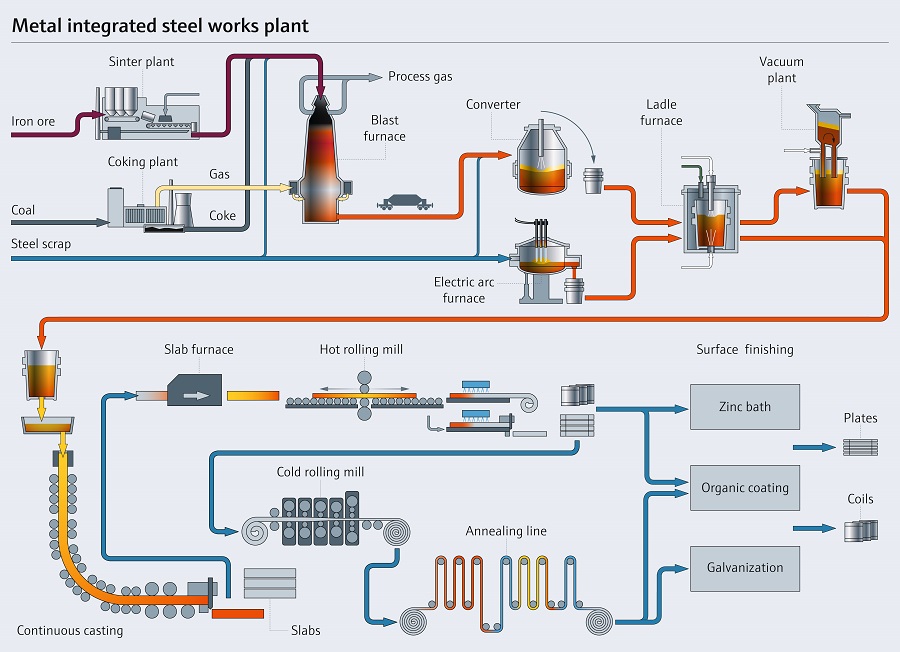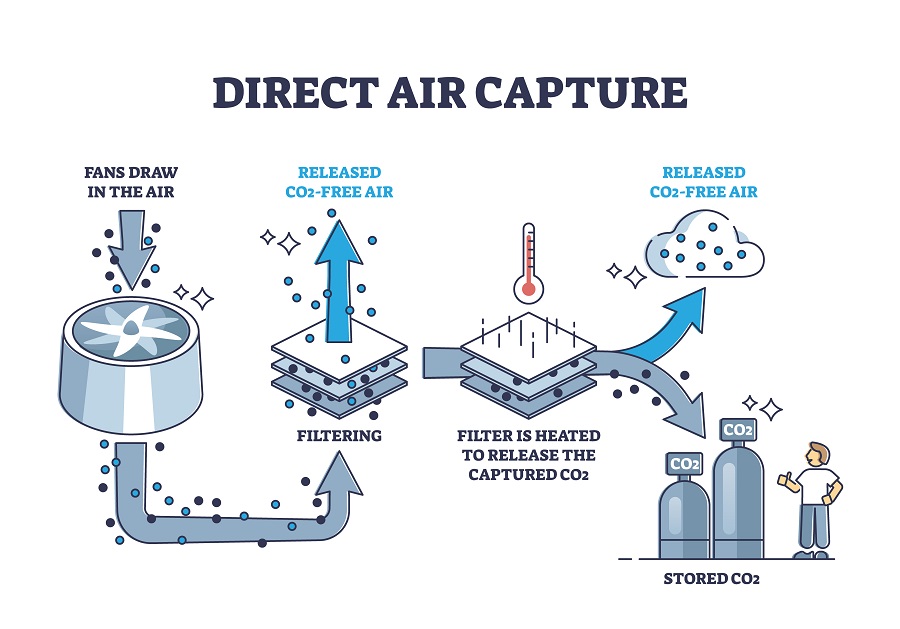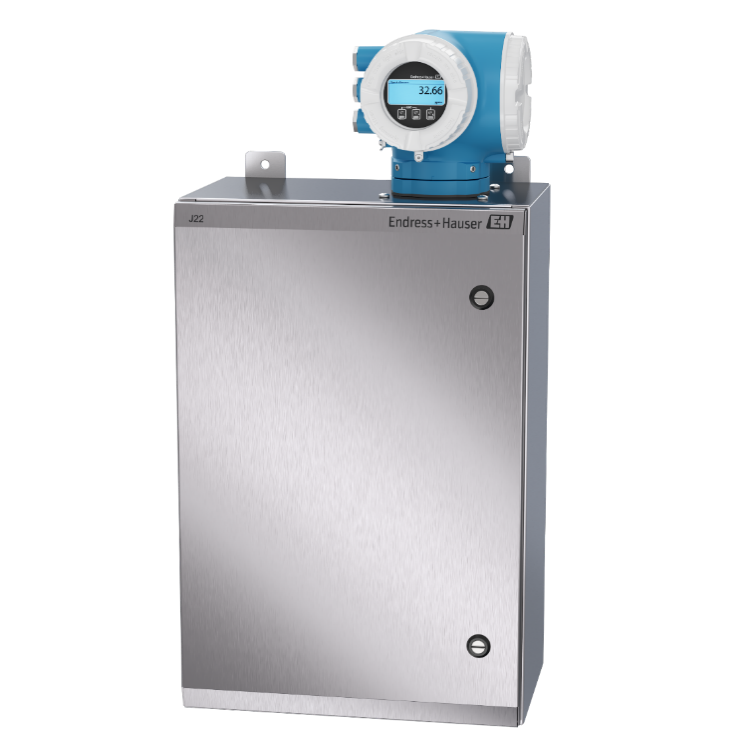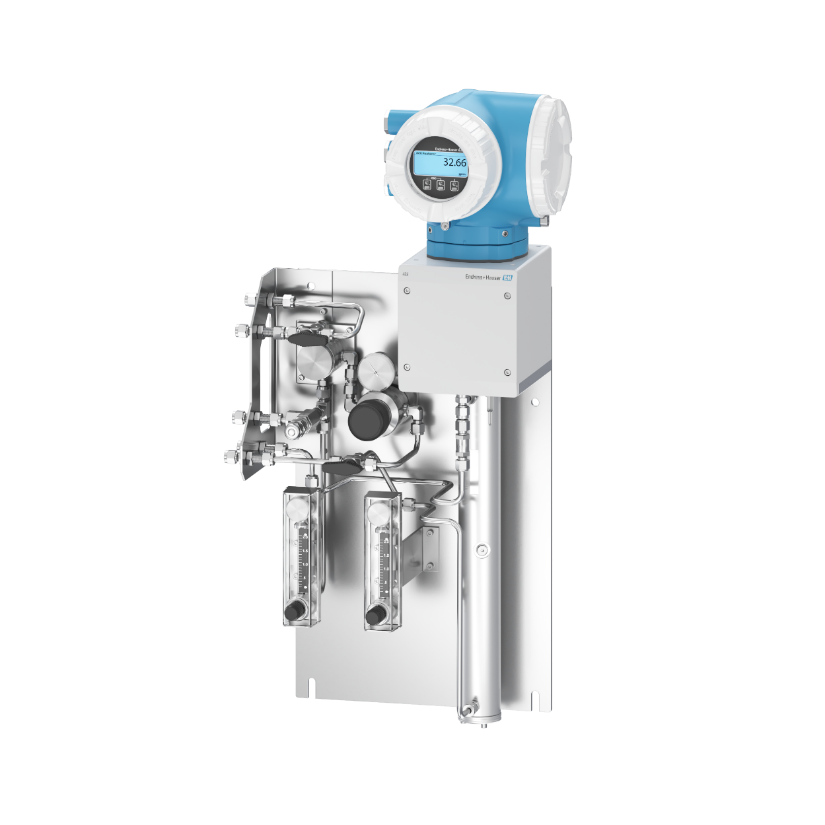
Carbon capture from heavy industries
Blue hydrogen
Steam methane reforming (SMR) has been the most common and mature process to produce hydrogen in refineries and chemical plants for decades. Carbon capture technology includes retrofitting existing plants with carbon capture to convert grey hydrogen into blue hydrogen.
Endress+Hauser offers complete field instrumentation and gas analysis technology for the SMR process. Flow measurement technologies such as vortex, Coriolis, ultrasonic and gas composition measurement using Raman spectroscopy for ratio control ensure reliable operation. The measurement points ensure real-time data from the field and enable plant operators to operate at the highest safety and availability levels.
Steel production
One of the fundamental processes in steel prdocution is the direct reduction of iron, in which iron oxide ore is reduced with the help of carbon. For every ton of iron produced, almost 2 tons of CO2 are generated. The steel industry alone contributes 3 billion tons to the total global CO2 emissions per year.
Cement production
During the conversion of limestone, which consists of calcium and magnesium carbonate, into clinker, large amounts of CO2 are released and a lot of energy is consumed. Clinker, together with other additives, is the basis for the production of Portland cement. Clinker production is the largest contributor to a cement plant's CO2 emissions. For every ton of clinker produced, about 700 kg of CO2 are released.
One can imagine the size of the CO2 footprint caused by this difficult-to-control industry. However, there are companies that have taken up the challenge of reducing their emissions to zero. They even turn them negative by removing (additional) CO2 from the environment.


This is the most popular method of removing the unavoidable and historic CO2 in our atmosphere.
In this process, tons of air are extracted from the atmosphere. The carbon dioxide is captured on the surface of a highly selective filter material located inside the collectors. After the filter material is filled with carbon dioxide, the collector is closed and the temperature is raised to 80 to 100 °C - this releases the carbon dioxide. Finally, we can collect this high-purity, high-concentration carbon dioxide.
More than 50 countries now practice direct capture of carbon dioxide from the air, and that number continues to grow. The captured CO2 is often used to improve agricultural production in greenhouses.


Carbon capture technologies
Let's look at some industrial chemical carbon capture techniques and physical capture methods currently in use:

Source: IEA Technology report — April 2021
Once the CO2 recovery target is determined, membrane and process design follow. The process is operated at a specific pressure and temperature to ensure energy-efficient operation that also meets the recovery goals. Often, the CO2 is compressed to the proper CO2 partial pressure to achieve the highest membrane filter performance.
In a chemical reaction, the liquid solvent binds the CO2 from the gas stream. We often see innovative designs that improve the exposure of the gas stream to the liquid solvent stream. A lean solvent interacts with CO2 in the scrubber. The CO2-rich liquid solvent stream is then brought to an elevated temperature and pressure in the presence of carbonate salts to ensure that the captured CO2 is released for further transport or storage.


Processing of CO2
Optimizing your Amine Solvent based CO2 capture process
Flue gas contains CO2 in various compositions, and one of the common methods of capture is the amine solvent-based absorption process. This is a two-step process involving absorption and regeneration of the amine.
Cost factors in this process are the energy for regeneration of the amine and amine losses. The operating efficiency and losses can be controlled with proper instrumentation and solvent management.
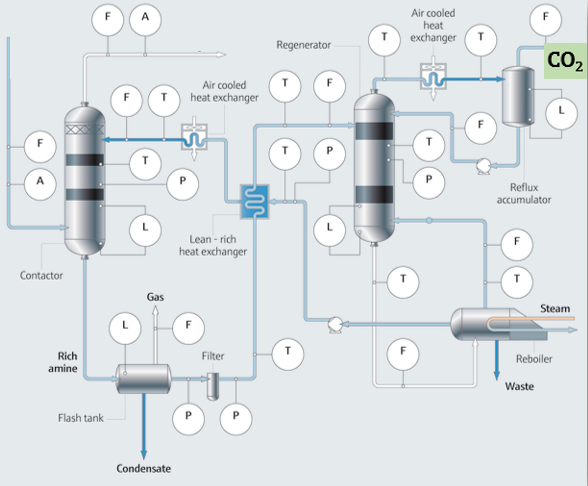
How can process control instruments improve your process?
- Amine flow measurement with Coriolis technology, providing direct multi-parameter mass measurement
- Level measurement in the contactor and regenerator to prevent overloading of the reboiler
- Raman analysis system for real-time amine monitoring
- Gas analyzers with TDLAS (Tunnelable Diode Laser Absorption Technology) for quality control
- Temperature control to avoid degeneration of amine
Dehydration of CO2
Dehydration of CO2 before transport is also important to avoid the formation of hydrates during transport in pipelines. The range is from 40ppm to 500ppm. Known methods for reducing the water content in CO2 vapors include TEG dehydration (chemical removal), molecular sieve dehydration (filtration), and simple condensation by cooling the gas by passing it through a Joule-Thompson valve and draining it.

Our offerings
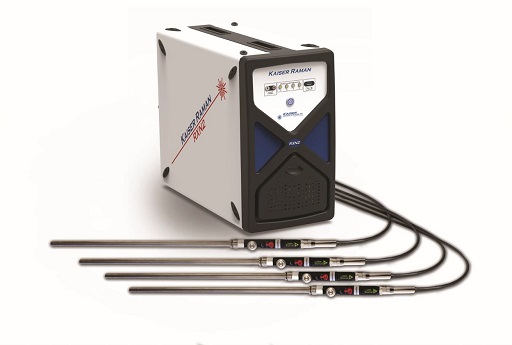
OPTICAL ANALYSIS OF CHEMICAL PROPERTIES
Raman Rxn2 analyzer
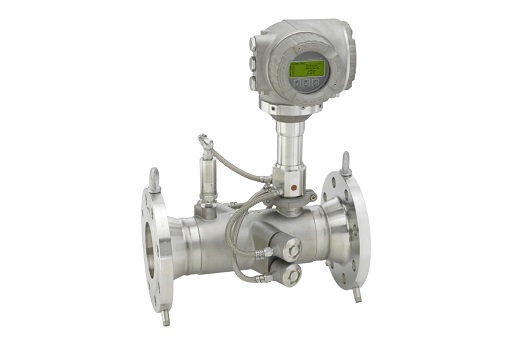
FLOW MEASUREMENT
Proline Prosonic Flow G 300
Highly robust gas specialist for fluctuating conditions with compact, easily accessible transmitter


Global Energy Transition Masterclass recording now available!
Did you miss our live event? The recording is now available to watch on demand! If you are involved in the global energy transition in your company or simply want to learn which technical solutions are used to achieve the Net-Zero target, this masterclass is for you!

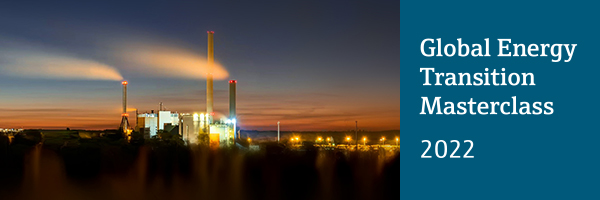
Language: English
Keynote speakers:
- Ruth Herbert, CEO of the Carbon Capture and Storage Association (CCSA), United Kingdom
- Magnús Þór Arnarson, EPC Project Management at Carbfix, Iceland
- Martin Voigt, Geochemist at Carbfix, Iceland
- Nathalie Casas, Head of Technology at Climeworks, Switzerland
- Khalifa Suhail Barshoud, Section Leader at ADNOC Refining, UAE
- Florian Kiefer, Senior Scientist and Process Engineer at Empa, Switzerland
- Marc Allen, Technical Director at engeco, Australia

Copyright © Endress+Hauser Group Services AG Privacy policy Legal information Terms of use Imprint
Copyright © Endress+Hauser Group Services AG
Privacy policy Legal information Terms of use Imprint
Privacy policy Legal information Terms of use Imprint
Copyright © Endress+Hauser Group Services AG
Privacy policy
Legal information
Terms of use
Imprint
Privacy policy
Legal information
Terms of use
Imprint
Copyright © Endress+Hauser Group Services AG
Privacy policy
Legal information
Terms of use
Imprint
Privacy policy
Legal information
Terms of use
Imprint



